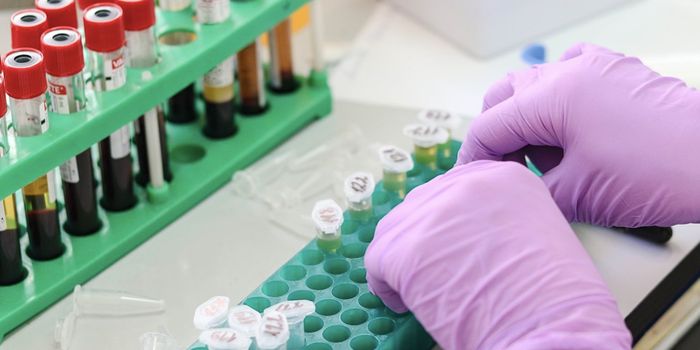A New Epigenetic Sequencing Method to Improve Cancer Detection
Gene expression has to be carefully regulated, or serious problems can arise. Many things can control the expression of genes, including chemical marks that affect the genome without changing the sequence of DNA. These so-called epigenetic features can have a major impact. One important tag that modifies gene expression is an epigenetic mark known as 5-methylcytosine (5mC).
Researchers have now reported a new kind of DNA sequencing technique that reveals 5-methylcytosine (5mC) tags, which can control gene expression and are thought to have a significant influence on health and disease. Now, clinicians will be able to analyze these tags with very small samples, and without harming the sample used in the assay, so it can still be used in biopsies and other tests. This method, which has been called Direct Methylation Sequencing (DM-Seq), can distinguish 5mC tags from other markers as well. It has been reported in Nature Chemical Biology.
"5mC can act as a fingerprint for cell identity, so it's important for scientists to have the power to isolate 5mC and only 5mC," noted corresponding study author Rahul Kohli, MD, PhD, an associate professor at Penn Medicine. "DM-Seq uses two enzymes to map 5mC and can be applied to sparse DNA samples which means it could be used, for example, in blood tests that look for DNA released into the blood from tumors or other ... tissues."
The 5mC tag is a chemical cluster known as a methyl group, which attaches to C, or cytosine bases of DNA. This methylation can have a major influence on how nearby genes are expressed. Some of these genes might code for proteins that are only needed in certain cell types and specific times, and 5mC ensures that those genes are turned off. When 5mC tags become abnormally present or absent, however, diseases such as cancer may arise.
Some 5mC patterns have been associated with cancer development, and are considered to be biomarkers that can indicate when cancer is developing. Thus, it's important to have a good way to detect 5mC tags.
The typical method for evaluating 5mC uses bisulfite sequencing (BS-Seq), which also damages the DNA that is being analyzed, and does not distinguish between 5mC and a different type of methylation known as 5-hydroxymethylcytosine (5hmC). Other methods require large amounts of the DNA that is being analyzed.
In the new technique, two DNA-modifying enzymes called a DNA methyltransferase and a DNA deaminase are used together. This reveals 5mC specifically and directly in minuscule quantities of DNA.
The method was validated in this study with samples of glioblastoma tumors, and compared to BS-Seq, DM-Seq was able to differentiate between 5mC and 5hmC at crucial genomic sites where methylation levels can help predict patient outcomes.
"These findings highlight ways in which direct detection of 5mC from DM-Seq, rather than traditional sequencing methods, could advance efforts to use epigenetic sequencing for prognostic purposes in cancer care," added Kohli.
Sources: Perelman School of Medicine at the University of Pennsylvania, Nature Chemical Biology









